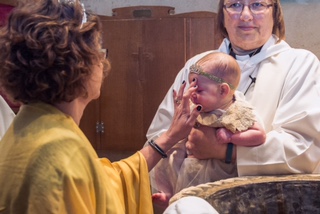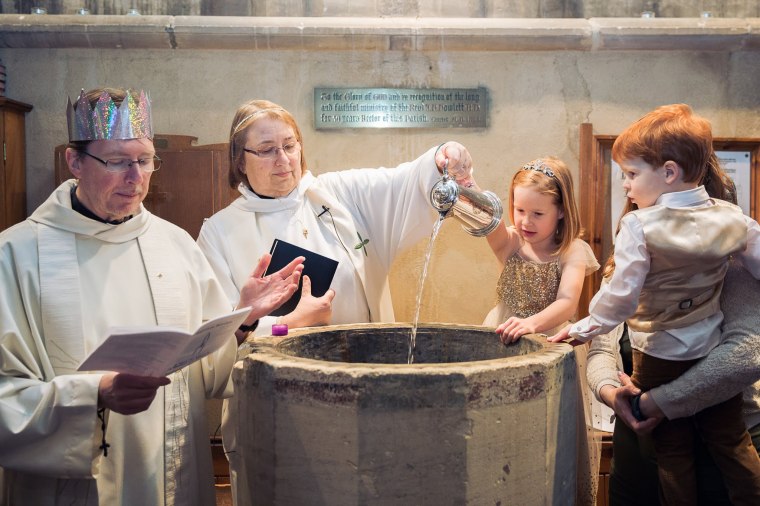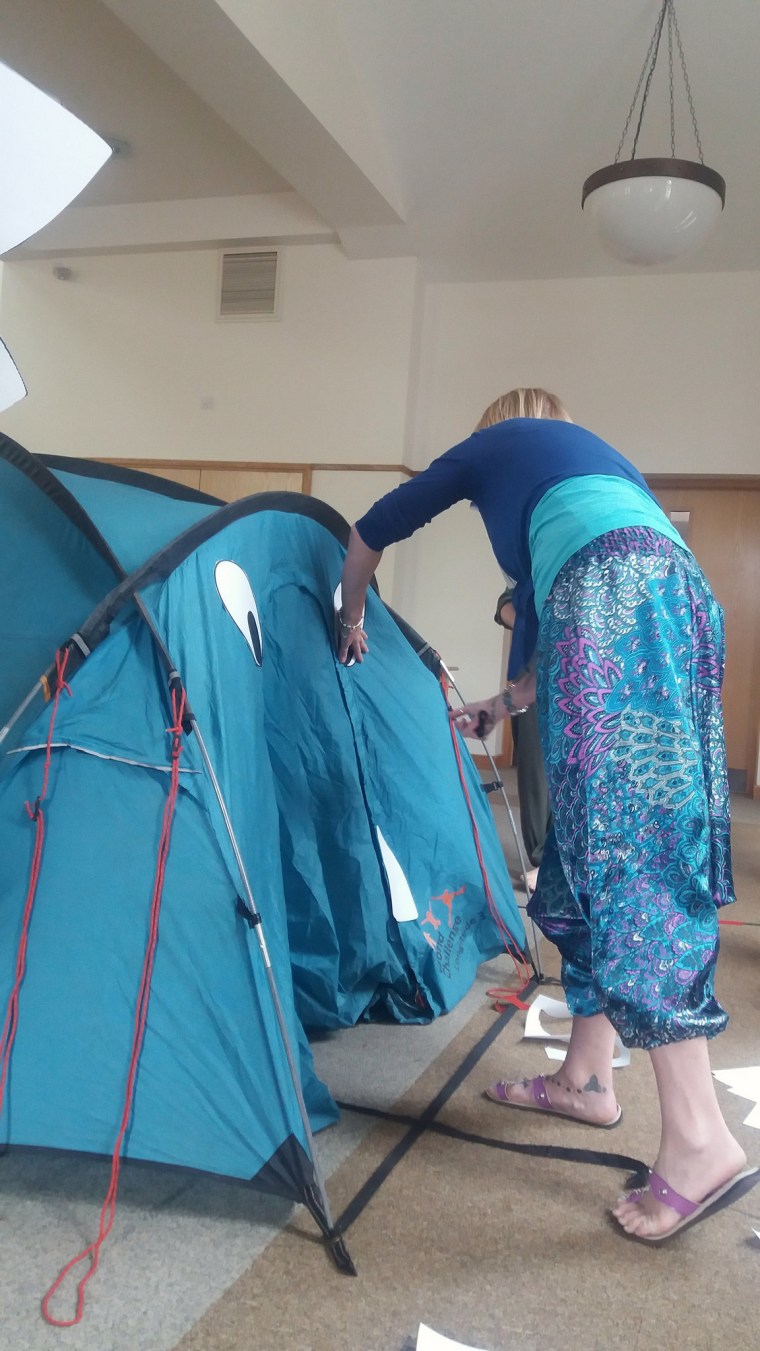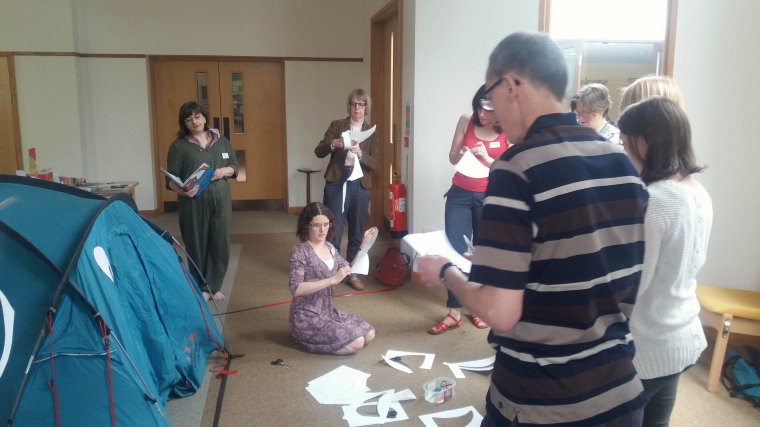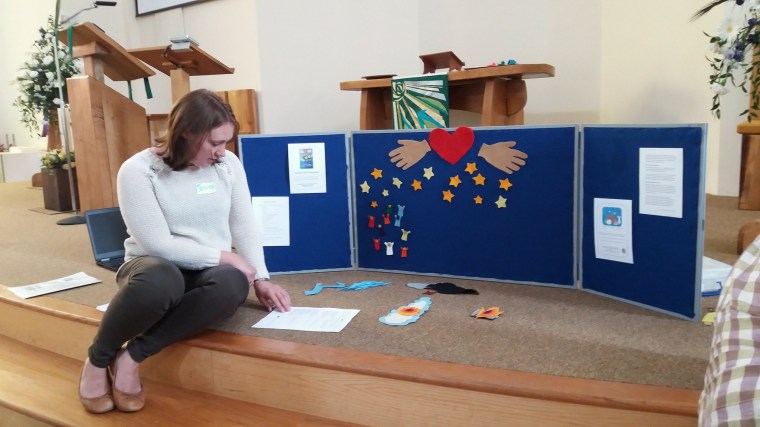You’ll notice, from the fact that this is my third post on the topic, that welcome is REALLY IMPORTANT.
It’s the absolutely crucial element in taking your church from the “few or nought” category in terms of children’s work into a thriving inter-generational community.
And many churches are already getting crucial elements wrong before families even come through the door.
 Here are a few questions to ask yourself when it comes to being welcoming in your outreach and communications:
Here are a few questions to ask yourself when it comes to being welcoming in your outreach and communications:
What happens when someone Googles your church?
Your church should have a functional website and/or a complete profile on A Church Near You. Most parents of young children these days were children or teenagers when the internet started – they’re going to Google your church before they attend a service or event. If they can’t find out anything about you, they’re going to move on.
What happens when someone visits your website?
Your website should be easy to navigate (not cluttered), and up to date. The following information should be ON THE FRONT PAGE, or at the very least, one EASY TO FIND CLICK away from the front page:
- The church’s address
- Information about public transport and/or parking
- Service times – and times for other events, like Messy Church
- The vicar’s name, and, preferably, a photo
- The phone number and email address for the office and/or the vicar
What happens when a family calls the church office to enquire about a Christening?
Does someone say “congratulations! Is this your first child?” Do they sound genuinely warm and happy?
Are they given clear information about scheduling a christening and what preparation is required?
Are they invited to church and warmly greeted when they do come?
Are they added to existing church mailing lists for children and family events?
What happens after a Christening?
Are they invited back for child-friendly events?
Are they taken off the mailing list at some point if they don’t come to those events? (Hint: the correct answer is no.)
What happens on Sunday morning or at other events is absolutely crucial to welcoming children and families. But your online presence and your communications are the backbone to getting people through the door in the first place.

